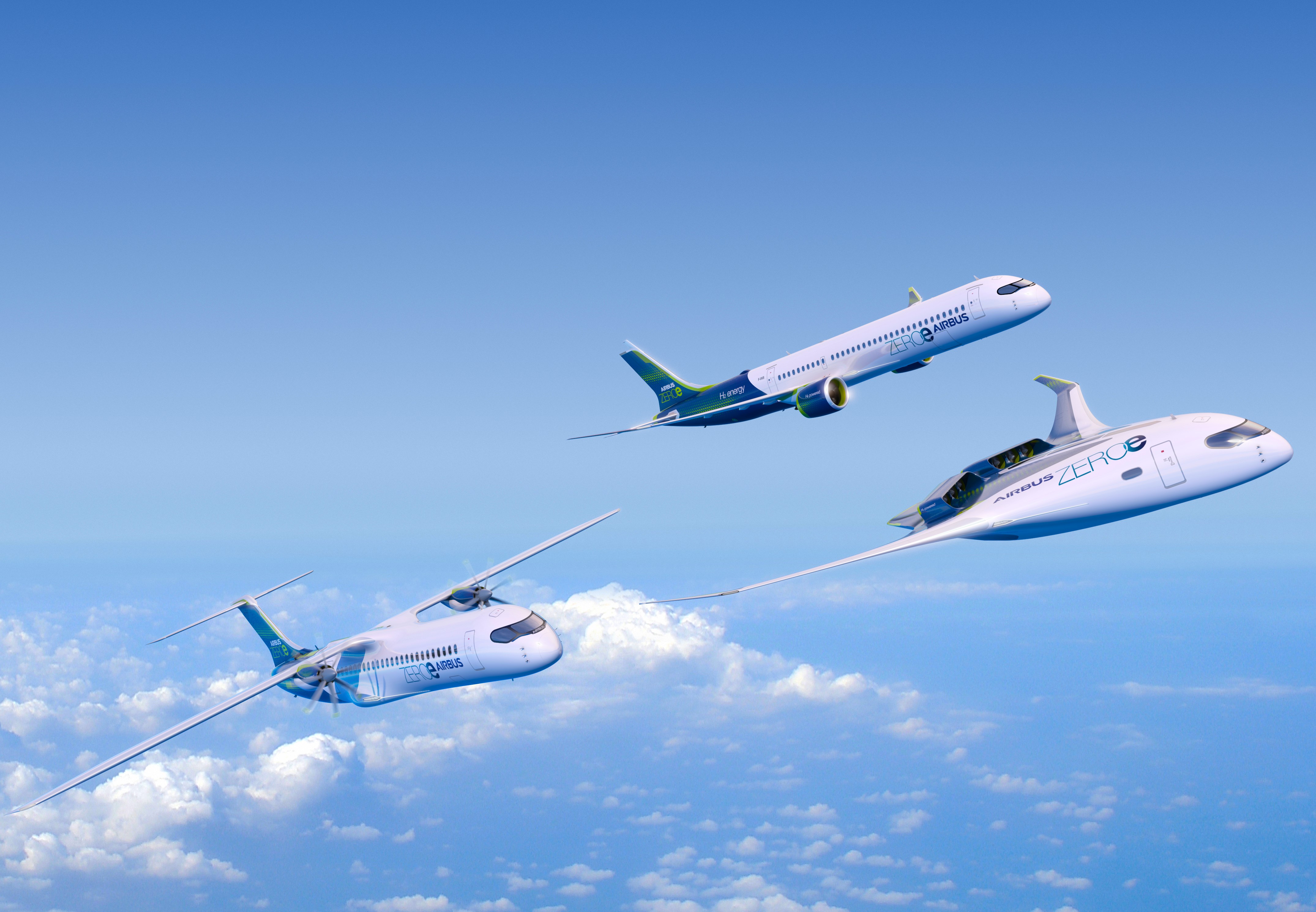Aviation’s greatest challenge is not Net Zero by 2050 but stopping the tsunami of misinformation about its extraordinary progress over the past 60 years in reducing CO2 per passenger and its blueprint for exciting future gains.
Climate change is real, of that there is no doubt but there is so much misinformation about the culprits that when the truth emerges it is barely recognizable.
That is an enormous challenge for aviation as its superb track record is being dismissed by not only social media but also some of the world’s most prestigious magazines and newspapers – the Wall Street Journal and the Economist.
On August 6, 2023, in a Wall Street Journal opinion piece, Fred Krupp President of Environmental Defense Fund, a U.S.-based nonprofit environmental advocacy group, claimed that “The global aviation industry is one of the largest sources of climate pollution. If its emissions were measured alongside countries, it would be the sixth largest.”
Technically he is right, except that he failed to mention that the five worst polluting countries above aviation contribute more than 97% of all CO2 emissions.
Interestingly, after an apparent backlash, that paragraph was later omitted from the online article but a Google search on September 9, 2023, still had it as the headline paragraph as can be seen below.

Picture: Screenshot taken on September 9, 2023, of the August 6th Wall Street Journal article in a Google Search showing the claim of aviation’s impact.
In 2017, aviation contributed 1.46% of global CO2 according to the 2018 Report from the Publications Office of the European Union when reporting on the CO2 emissions of all world countries. It is now accepted that the figure is just above 2%.
In the May 14, 2023 of The Economist’s online edition, the headline was “The aviation industry wants to be net zero—but not yet.”
The first paragraph read: “Flying is a dirty business. Airliners account for more than 2% of the annual global emissions from the burning of fossil fuels, many times commercial aviation’s contribution to world GDP.”
The Economist’s article has no attribution to the GDP claim whereas according to Oxford Economics aviation’s contribution is 4.1% of global GDP.
The article also pours cold water on aviation’s future developments suggesting that the technology that might help the industry meet its 2050 goal is “barely perceptible on the horizon.” Yet new generation engines are running or will do so in the next few years – hardly on the horizon.
In 2006 Joss Garman’s planestupid.com proclaimed: “There won’t be any significant breakthrough in engine emissions for at least three decades. There’s no technical fix.” Since then, the 787 and A350 have entered service in 2011 and 2014 and they burn up to 34% less fuel per passenger than the planes they replaced, while the A320neo family and the 737 MAX burn about 15% less fuel.
It is this gross distortion of facts that is aviation’s great enemy as it continues its incredible growth. Aviation’s record in reducing fuel and thus emissions is impressive and since the jet age commenced in earnest during the late 1950s the amount of fuel used per passenger has declined by around 85% – an outstanding record by any measure, which can be seen in the graphic from Greening Wings to be released in July 2004 below.

What is extraordinary about the heated debate is that many other serious polluters largely fly under the social and mainstream media radar.
Food, clothing and air conditioners, are by any measure huge contributors to climate change yet there has been limited coverage of their impact.
According to the UN the Food and Agricultural Organisation and the Carbon Brief:
- One-third of food produced for human consumption is lost or wasted globally.
- This waste in 2017 produced 9.3bn tonnes of CO2 equivalent (GtCO2e) – four times aviation and marine combined.
- All the food produced but never eaten would be sufficient to feed two billion people. That is more than twice the number of undernourished people across the globe.
- If wasted food were a country, it would be the third-largest producer of carbon dioxide in the world, after the USA and China.

Now consider our love of fashion. According to a report by Zurich.com:
- The fashion industry produces about 10% of annual global carbon emissions, which is more than all maritime shipping and flights combined.
- What’s more, fashion’s emissions of harmful greenhouse gases are projected to grow by more than 50% by 2030.
- The fashion sector (including cotton farming) also uses about 93 billion cubic meters of water annually, representing 4% of all global freshwater withdrawals.
- Just to manufacture a single pair of jeans requires a staggering 3,781 liters of water.
- And every second of every day, the equivalent of a garbage truck full of clothing is burned or added to landfill.
- Textile dyeing is the second largest polluter of water globally.
- An estimated 50 billion new garments were made in 2000. Twenty years later and this figure has doubled to 100 billion.
- The average person today buys 60% more clothes than they did at the turn of the century and yet we keep them for roughly half as long. And the main culprit is fast fashion.

Clothes piled up in landfill sites in Chile. Photo: Skynews
JOIN: AirlineRatings.com YouTube Channel
GET: Accurate MH370 Information From AirlineRatings.com Newsletter
And as the earth warms, we are turning more and more to air conditioners to seek relief and, according to an article in euronews.com, that is a disaster.
The article warns that the number of air conditioners is projected to triple from 1.6 billion in 2022 to 4.8 billion in 2050 and experts warn that we urgently need to change course.
The issues are two-fold. Air conditioners use more electricity than any other appliance in the home and with electric fans, consume 10% of global electricity.
Sophie Geoghegan, a climate campaigner at the Environmental Investigation Agency, a London-based green NGO says that the average unit is just one-third as efficient as it could be. Ms. Geoghegan adds that “the International Energy Agency, says that by 2050, fans and space cooling will consume as much electricity as all of China and India do today.”
The other issue the article highlights is that air conditioners leak hydrofluorocarbon refrigerants (HFCs), gases with powerful planet-warming properties with the most commonly used refrigerant – R-410A – a whopping 2,000 times more potent than carbon dioxide. Ms Geoghegan warns in the article that these gases are the “elephant in the room. It’s terrifying. Given how many people are buying air conditioners, it could be disastrous.”
And, as other ground-based transportation sectors reduce their CO2 footprint via hydrogen and electric options, aviation’s share of CO2 produced, while reducing, will be a bigger slice of the pie which will be a lightning rod for criticism.
The message is clear for the aviation industry. Despite the great work of industry bodies such as ICAO, IATA and ATAG its extraordinary progress over the past 60 years and its massive economic impact is not being recognized nor is the industry’s exciting blueprint for the future of Net Zero.
Worse the anti-aviation rhetoric that started as a well-meaning though ill-informed whimper in 2007 has turned into an irrational crescendo which is now noisier than a 1960s vintage 707.
























